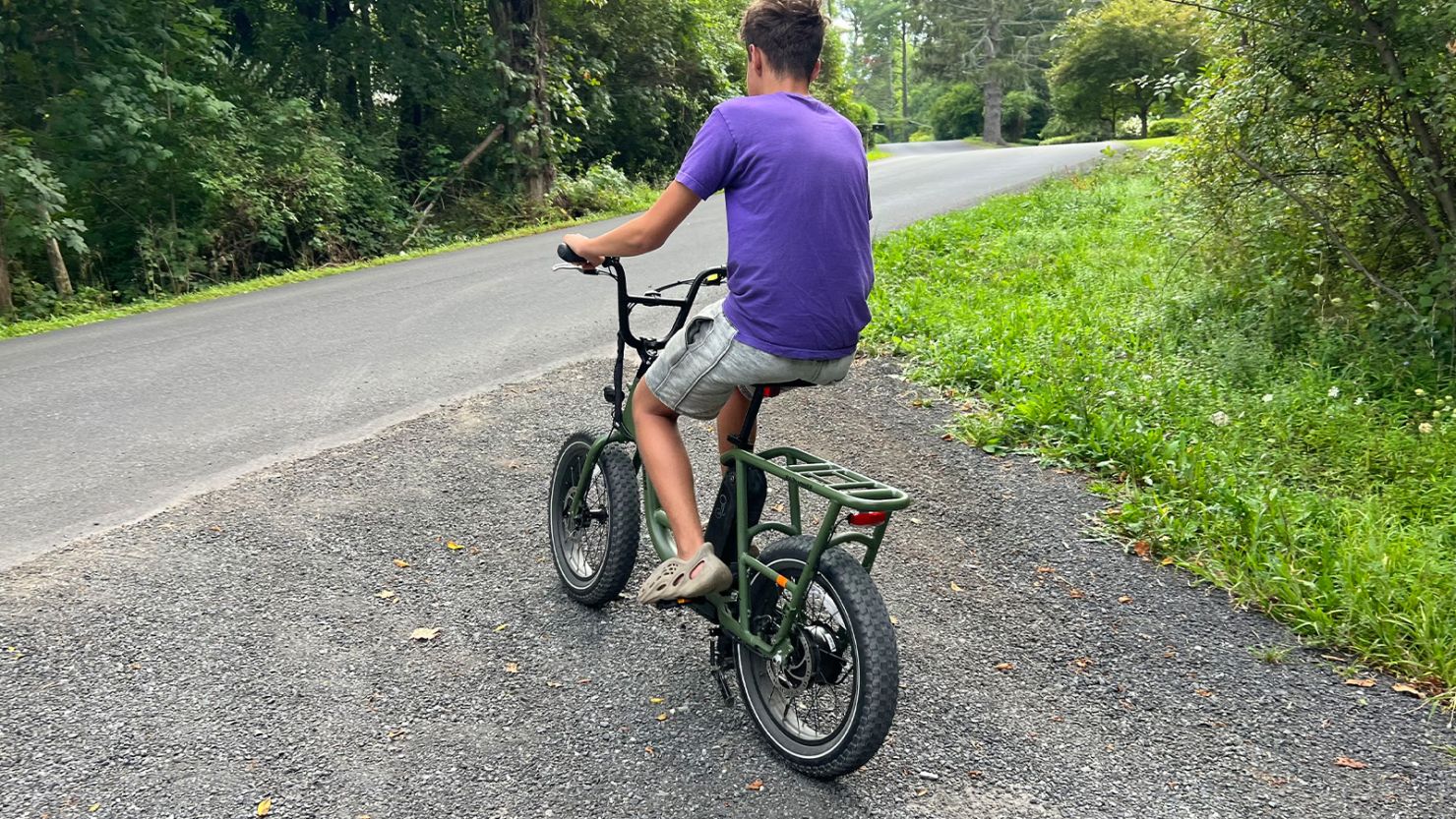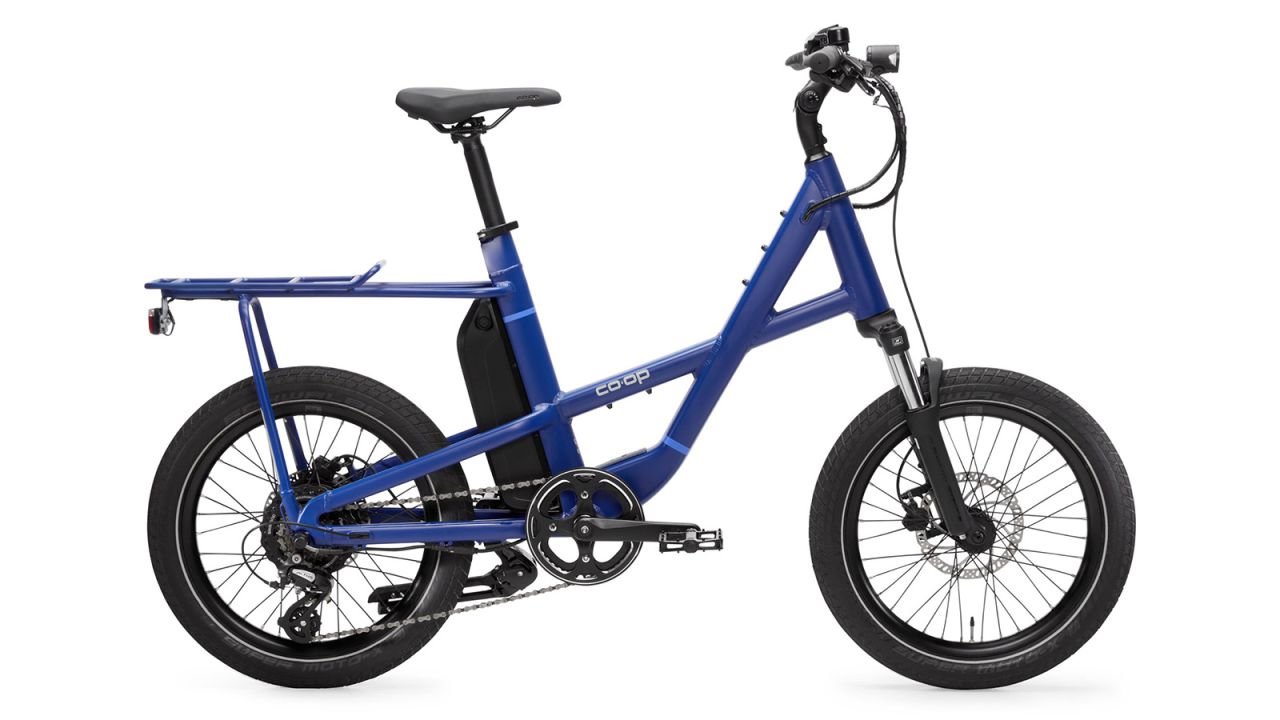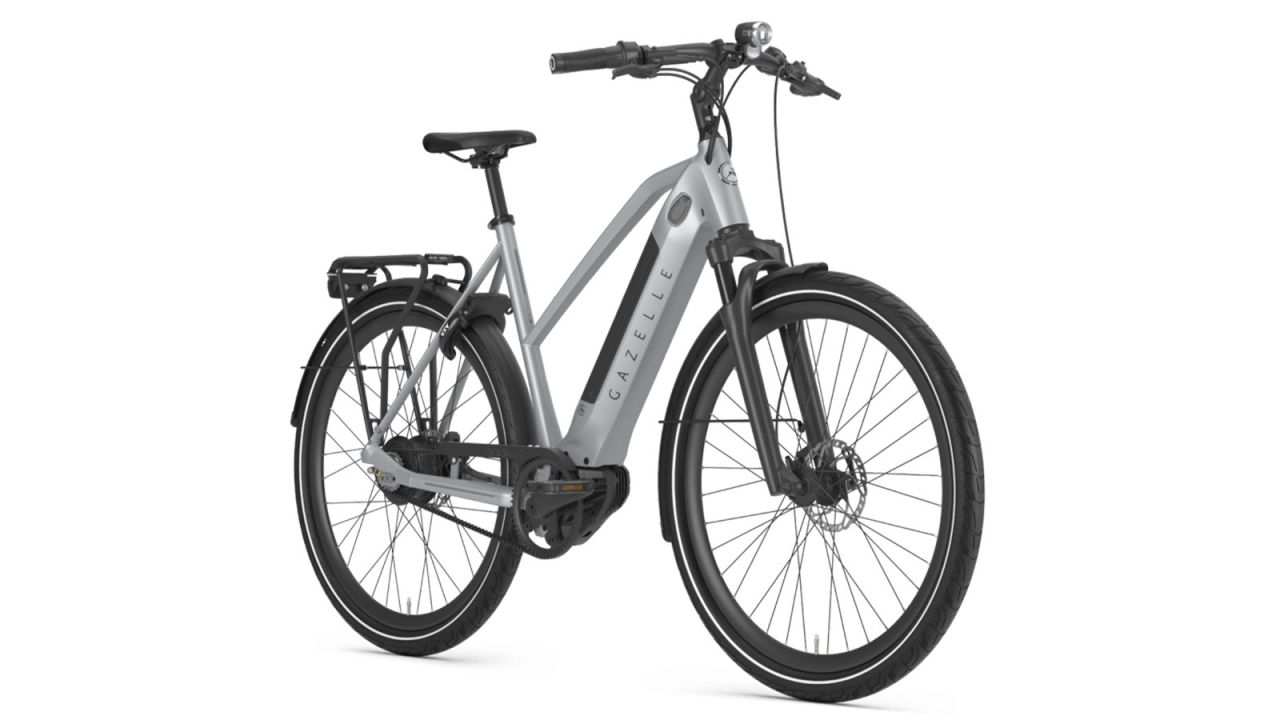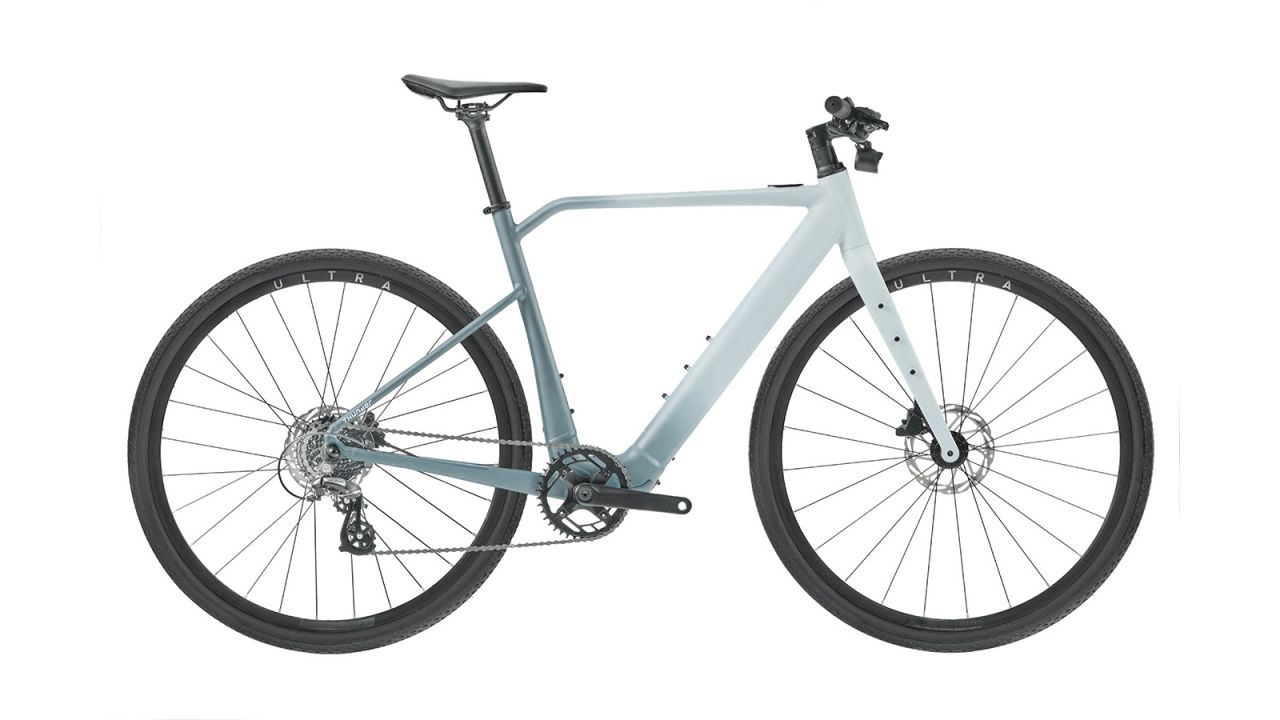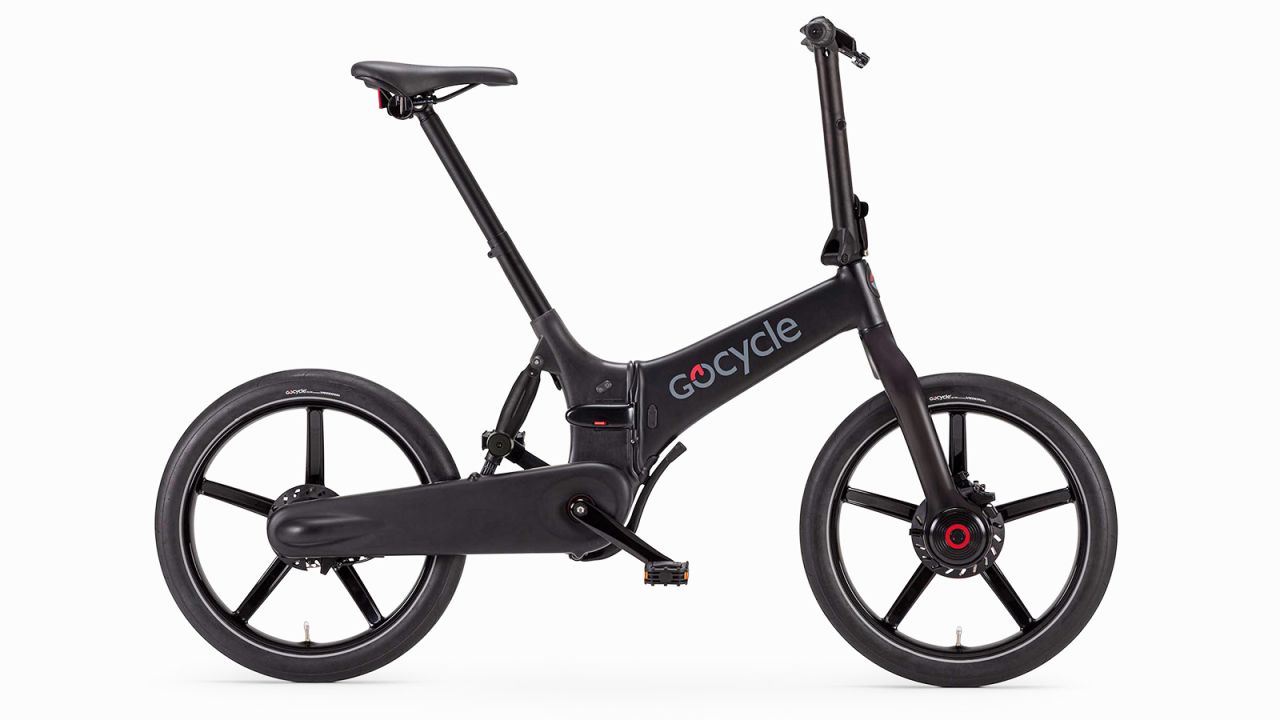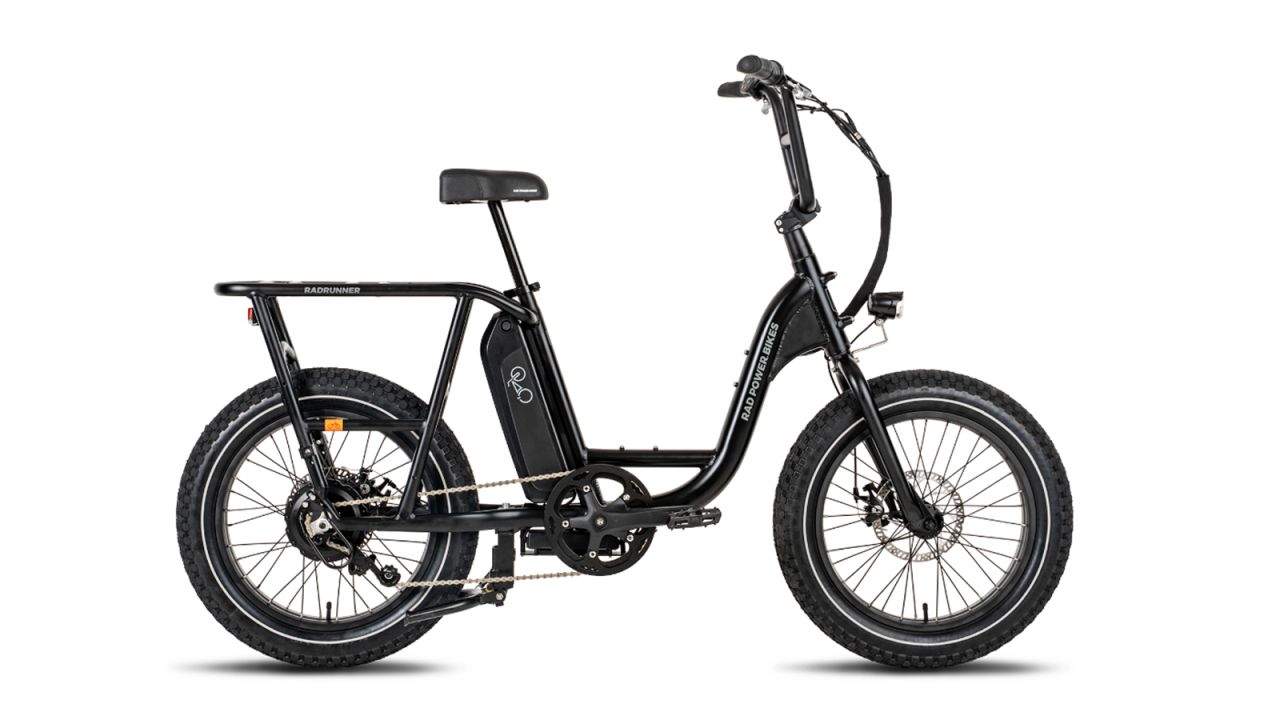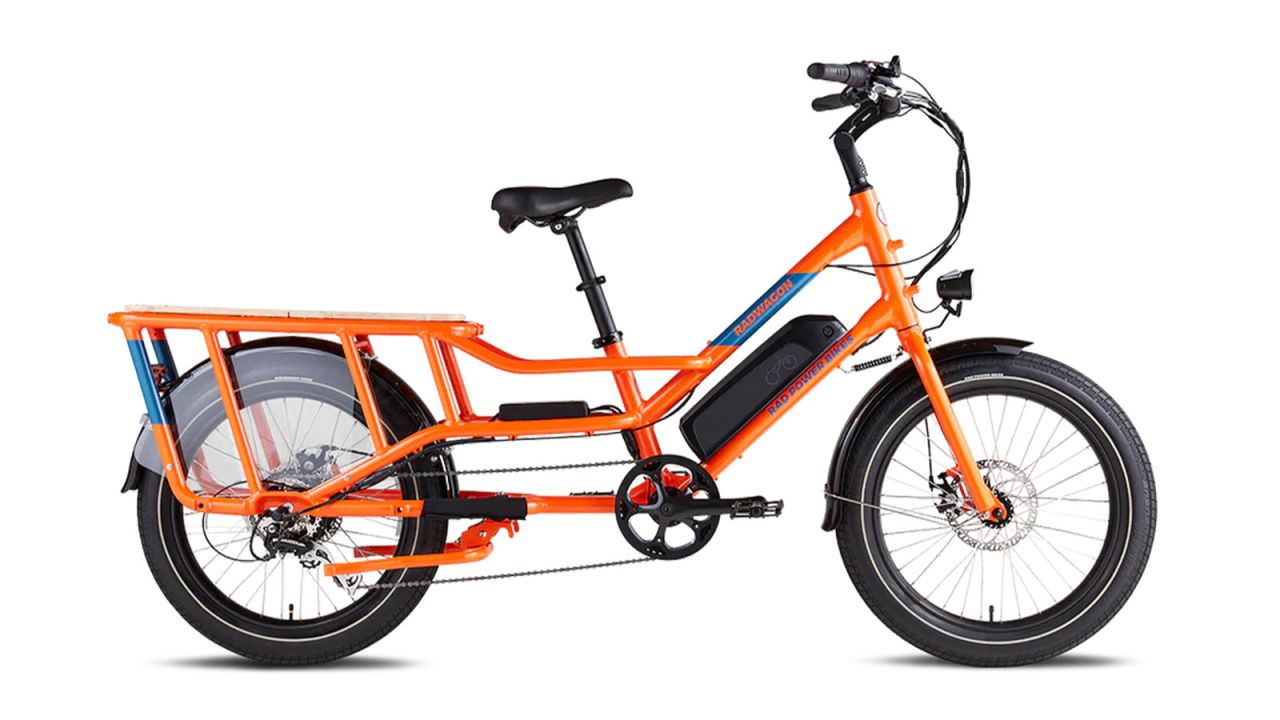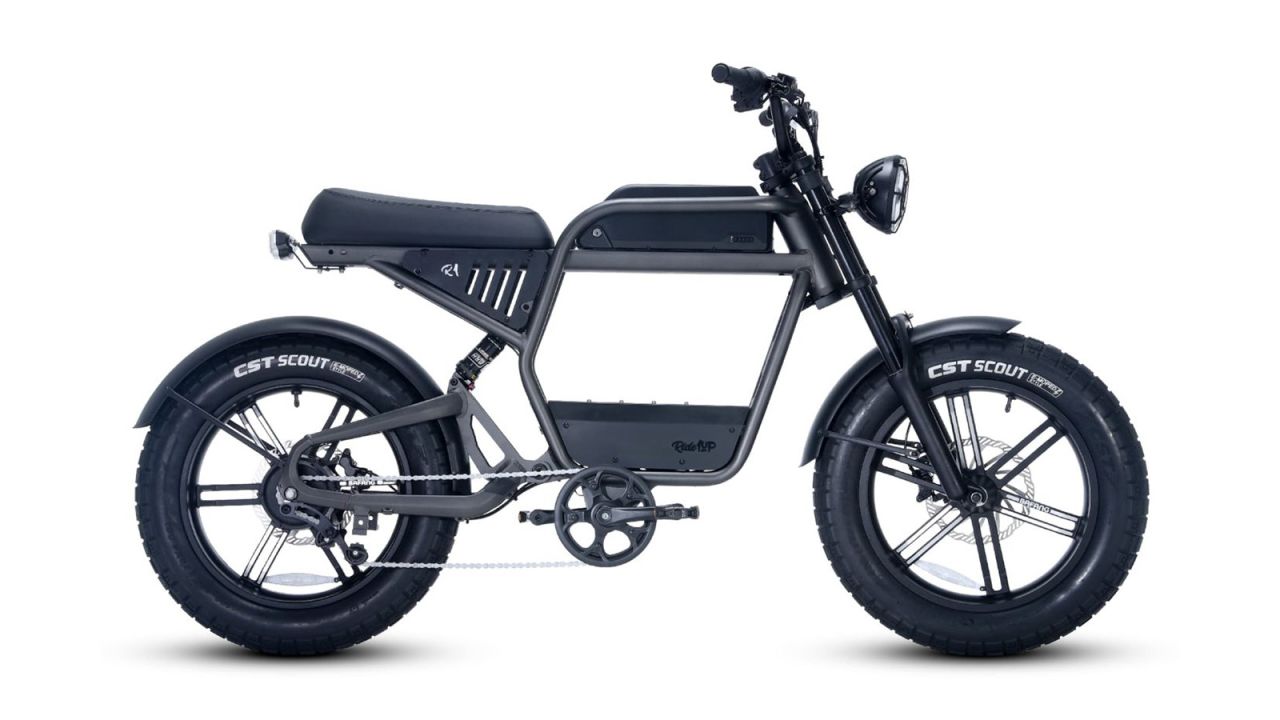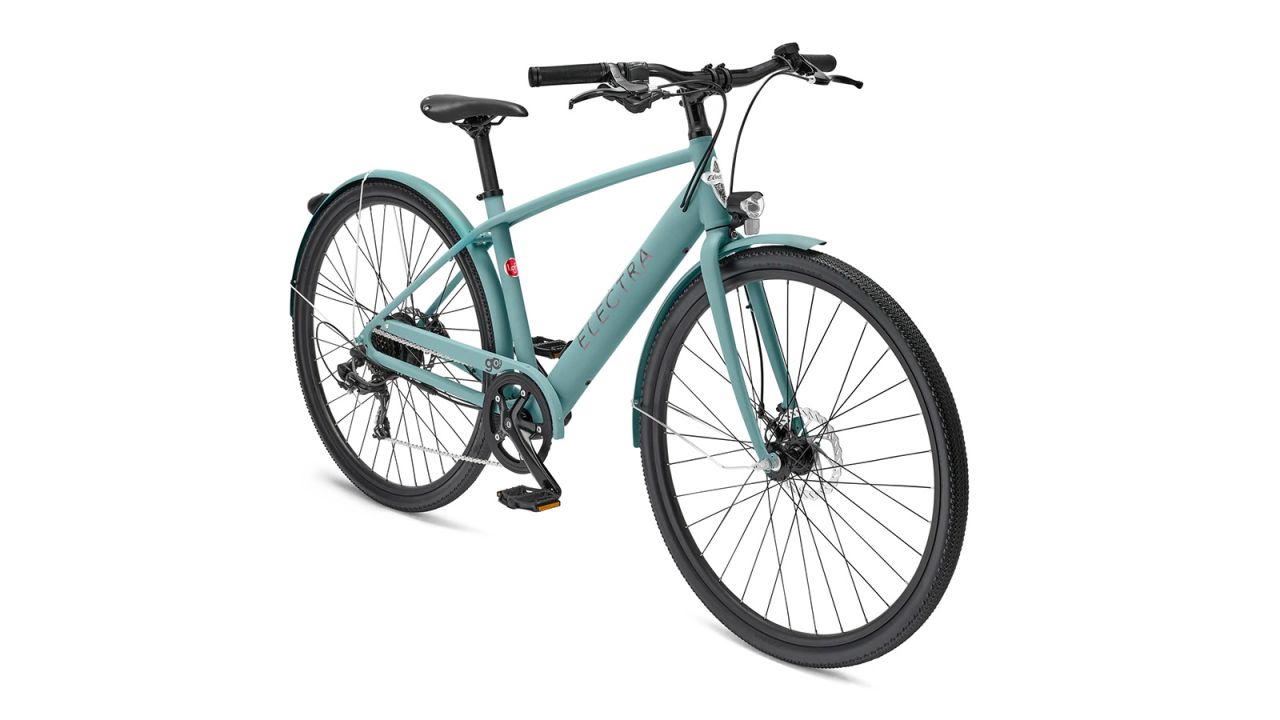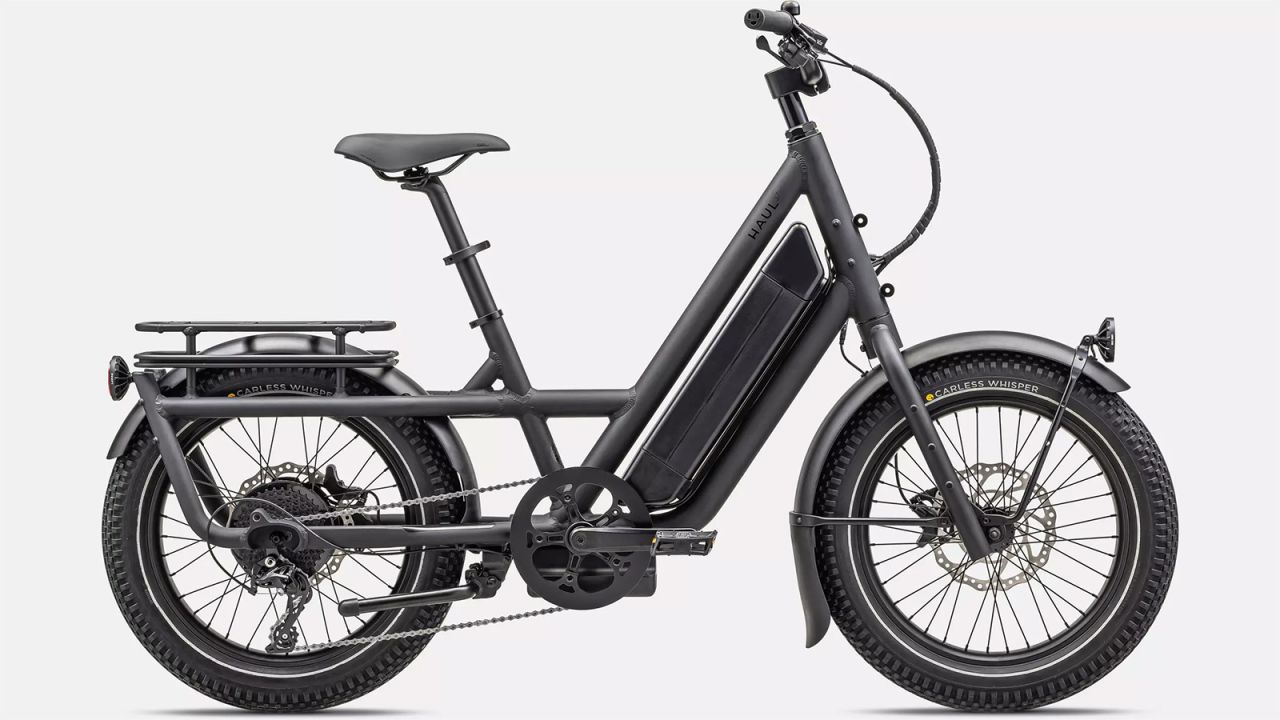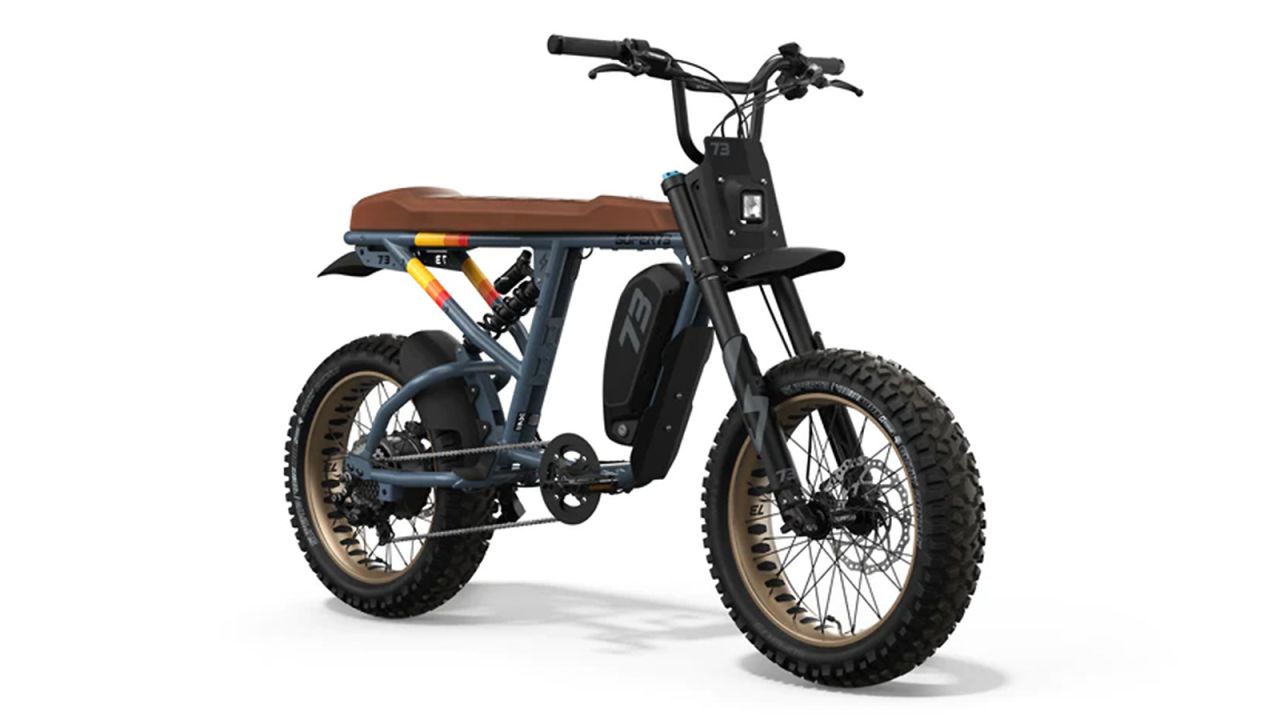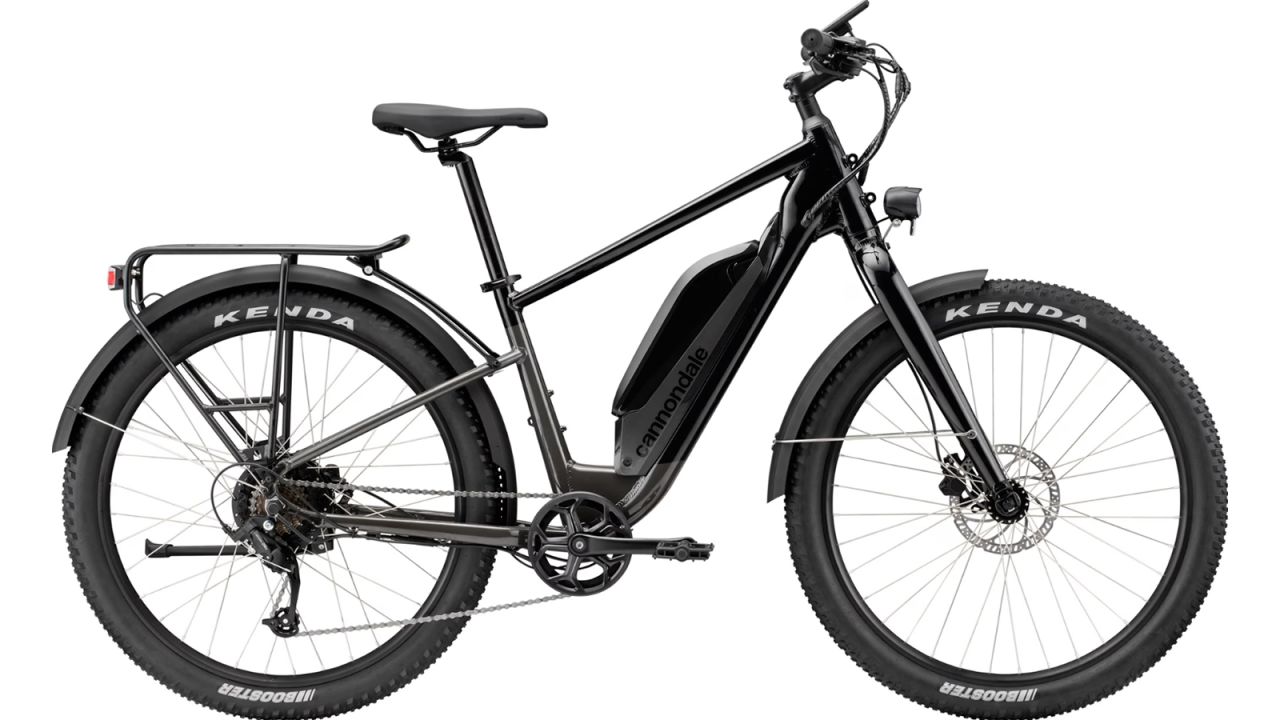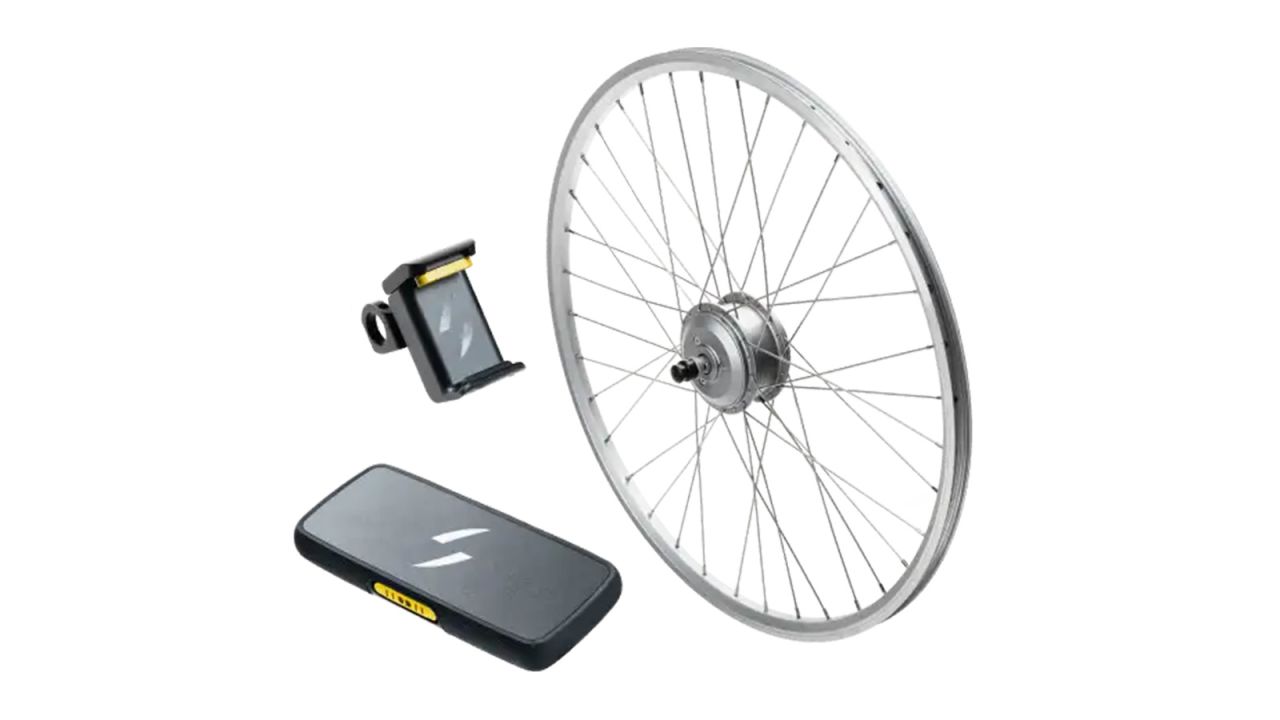The best e-bikes we tested:
Best for everyday riding: REI Co-op Cycles Generation e1.1
Best for urban commuters: Velotric Thunder 1
Best luxury electric bike: Gazelle Ultimate C380+ HMB
Best electric cargo bike: Tern HSD S+
Best folding electric bike: Brompton Electric C-Line Explore
Editor’s Note: Since our initial testing, the Tern HSD S+, our pick for best compact electric cargo bike, has been discontinued. We’re undergoing a new round of testing to find updated picks for this story.
E-bikes have taken riders — and the bicycle industry — by storm. These capable, full-featured vehicles can give even the most casual cyclist a boost that lets them get up and over hills that’d challenge a pro, get you to work in style without breaking a sweat and can even realize the promise of using a bike as a car replacement by providing the power to haul passengers or a full load of groceries even if you aren’t spending all your free time in the gym doing squats.
This year, bikes are finally coming back in stock both online and at brick-and-mortar retailers (after a couple of years of supply chain disruptions), so we took a look at what was available in order to figure out what e-bike might work best for your everyday riding — whether that means a lightweight bike for fun and fitness, a dependable commuter, a stowable folder or even a do-it-all utility hauler to cut down on car trips.
The best e-bike overall
With a compact frame to fit almost anyone, great parts specs for the price, sensible electronics and a do-it-all design that’s suited for utility hauling, getting to work or just riding for fun, the e1.1 is hard to beat.
The Co-op Cycles Generation e1.1 may be the entry-level model in REI’s house-branded line of e-bikes, but it’s a near-perfect bike for anyone considering an e-bike. It brings together a solid parts package, a smart design and enough power, battery life and hauling capacity to fit the needs — and just plain fit — almost anybody who wants to try riding with a motor assist. It looks great too, coming in a range of understated earth tones and cool colors.
To make things even more attractive, while the price is competitive with direct-to-consumer bikes, you get access to the bike shop support that comes with REI’s nationwide network of brick-and-mortar stores. Many D2C bikes are fantastic, don’t get us wrong, but they do mostly leave you to fend for yourself mechanically, which isn’t great for every new rider.
It’s hard to find fault with the Generation e1.1: REI has done a great job putting together a very compelling proposition for almost any e-bike rider, new or veteran. If you’re in the market for a first e-bike and want something utilitarian you can share with your household, family or friends, or you need a great grocery-getter to have around for when you’re tinkering with your fancy bikes, it should be on your list.
Other electric bikes we recommend
An all-around bike with the absolute best parts package and beautiful ride quality, the Ultimate C380+ has it all from a Bosch mid-drive motor to a fuss-free Gates carbon belt and Enviolo/Nuvinci transmission.
Brompton has long made the best folding bike, and the electric version — which folds just as compactly — sacrifices only a little storage space, making it the best electric folding bike and one of the few you can take and store anywhere, like under your desk or in an overhead compartment.
Looking for a lightweight city commuter? Most e-bikes are too heavy to lug onto a bus or carry up to your apartment, but the T1 packs a whole lot of e-bike power and smarts into a bike that weighs just 36 pounds — and doesn’t look or feel like an “e-bike.”
Tern’s HSD packs a high-performance Bosch mid-drive motor, automatic shifting and a huge amount of cargo capacity into a semi-folding frame that stores in less space than most ordinary bikes. It’s expensive, but it can replace a car — and fit in one.
Other electric bikes we tested
While we’ve recommended bikes we think will do the best job for riders in a variety of typical everyday riding situations, the best bike for you depends on a lot of other factors. Some riders want something sportier in design, some want retro design (or, on the contrary, futuristic features) and some need a more powerful drive unit or fat tires for off-pavement use. We’ve tested more than a dozen bikes (and will continue to test more models as they come in to keep these recommendations updated). Read on for the rest of the great e-bikes we’ve gotten a chance to ride over the past year.
The flagship bike from the big direct-to-consumer e-bike brand is a powerful, well-appointed and comfortable city commuter or recreational ride, though we’d like to see more weatherproofing and a more straightforward display.
The futuristic GoCycle G4 is the best riding folder we’ve tested, e-bike or no. With sure handling, plenty of power and a quality build, it’s a great vacation or recreational ride but doesn’t fold up compactly enough to be a commute and everyday workhorse.
The RadRunner 2 is a compact, fun electric bike that’s versatile enough to go from city commuting to hauling your family’s gear to the beach. A single-speed drivetrain limits you to flatter terrain, but it’s a great little bike.
A longtail electric cargo bike with a 350-pound capacity, the RadWagon 4 can replace a car for most trips. It's big and heavy and uses an odd wheel size, but it's fun to ride and handled everything we threw at it with ease.
Moto-style e-bikes aren’t great for pedaling and they’re a little underpowered to really work as motorcycles on the road, but the Revv 1 is a fun ride at a reasonable price.
A compact and capable hauler for a kid and your stuff, the Go 1 is a well-designed, powerful utility bike that's fun to ride and can handle most any road you'd want to take it down.
If you're looking to haul a couple of kids to school the Packer 1 can handle it, and there's room for your stuff too. It's surefooted and powerful, looks great, and has room to sock away plenty of your stuff for the ride to work.
The Electra is a retro-styled city e-bike from Trek, priced to compete with online brands. You get the convenience of shop support, but the trade-off is you get mechanical brakes and some cheaper parts that could be upgraded.
With a powerful motor and big battery, the solidly built Turris can handle most trips short of singletrack at a more affordable price than many competitors. It’s a bit heavy and assembly can be complex, but it’s a useful bike for the low cost.
The Globe Haul ST has more cargo capacity and power than most compact utility e-bikes, so you can commute, carry groceries or haul your kids to school in style and comfort.
The Super73-R Adventure electric bike is a retro moto-style e-bike that’s well built and gets you around in ’70s style. It’s expensive and impractical, yes, but a ton of fun to ride.
A capable all-rounder from a veteran bike brand, meant for taking it slow and enjoying the scenery (with backup from a shop for purchase and repair). This versatile bike will easily take you from daily commute to weekend rail-trail explorations.
Maybe the best electric bike is the one you already own? The Swytch Kit lets you turn your current bike into a capable e-bike, with a tiny battery pack that’s ideal for commuters (or for use on folding bikes).
What you need to know about electric bikes
While electric bicycles have been around for a century, the modern e-bike era dates back roughly to the turn of the millennium, when a few key technologies — lithium-ion battery packs, lightweight brushless motors, cheap and available cadence sensors and power meters — came together just as the traditional bike industry was trying to find its way amid the rise of the commercial internet.
These days, e-bikes are the hit of the bicycle industry, with huge growth in ridership over the past decade and through the Covid-19 pandemic. The scrappy start-ups that dominated a few years ago have been joined by legacy cycling brands, and as the market has grown, the offerings have become more varied, with electric bikes available to suit almost any rider and type of riding. Now’s a great time to get into electric bikes, so we’ve been researching and riding a whole lot of them over the past year, and we’ve found a lot of great models.
What are e-bike classes?
The answer to this has to do with the legal questions about what exactly defines an e-bike versus an electric scooter or electric motorcycle or other similar vehicle. And while that answer varies a bit depending on where you’re riding, there are some general guidelines nowadays, and the limitations are typically governed by what “class” a given bike falls into.
You’ll see three classes of electric bikes: Class 1, Class 2 and Class 3. These divisions have to do with both top speed and the method by which you control the bike — pedal only or pedal and throttle, and with where you can ride each type of bike based on its capabilities.
These restrictions vary worldwide, and electric bike usage rules even vary from US state to US state, but overall the situation breaks down as follows:
- Class 1: Top speed 20 mph; pedal assist only; allowed on bike paths and MTB trails in most states, with some restrictions
- Class 2: Top speed 20 mph; pedal assist and throttle modes; allowed on bike paths and MTB trails in most states, with some restrictions
- Class 3: Top speed 28 mph; pedal assist mode (to top speed), throttle mode (limited to 20 mph); allowed on streets and bike paths; off-road use restricted in most states to motorized trails only
These speed limitations are defined by safety and by the 750W (1 horsepower) limit on e-bike motor size imposed by most US states. Trail use is restricted for more powerful bikes because they are more damaging to the trails themselves. This is the same rationale that limits motocross and ATV riding to motorized trails meant for powered vehicles rather than singletrack meant for bicycles.
You may come across bikes with bigger motors putting out 1,500W or more, with “unlocked” or “jailbroken” modes that allow for higher top speeds, up to 40 mph or so. In most jurisdictions such vehicles count as electric motorcycles or electric scooters, and they can’t — and really shouldn’t — be ridden on bike paths, MTB trails or the like.
Torque or cadence sensor?
To provide a natural feel, the motor used on your e-bike needs to know whether or not you’re pedaling and how fast or powerfully you’re doing so. Manufacturers have two ways of telling the electronics what you’re up to: torque sensors and cadence sensors.
Less expensive bikes use cadence sensors, which measure how fast the cranks are spinning (this is done most often via a magnet mounted on the crank arm or within the bottom bracket assembly), and a pickup or sensor that ticks each full rotation the magnet makes (higher-precision models can take more measurements per rotation to get a more accurate real-time estimate of pedaling speed).
More expensive models use torque sensors, which measure how much force you’re using to pedal. There are several ways to do this, ranging from strain gauges that measure how much force you’re putting into one or both crank arms to more complex sensors that measure the rotational torque on the bottom bracket — but they all get pretty close to figuring out how much wattage you’re putting out.
Technology aside, the types of sensors produce a different feel when you’re using an e-bike in pedal assist mode.
- Cadence sensor: Typically has a more “on-off” feel when riding and can have a delayed feel (less than a second but noticeable) to engage when you’re just getting underway from a stop. While their acceleration curve feels fairly predictable on flat ground, cadence sensors can take a bit of getting used to on uphill efforts if you prefer a very high or low pedaling cadence, since the motor assist can feel a bit out of sync with your own effort, engaging when you don’t really need it or cutting out when you do.
- Torque sensor: Typically more natural-feeling. Since the motor has a better idea of how much effort you’re putting in, it can adjust its output more granularly. This generally means a more predictable acceleration from a standing start, smoother adjustment to your pedaling on the flats and more predictable motor assistance when the roads get steep.
Which to get? You won’t see that many torque sensors in bikes priced below $1,800 or so, so it’s largely a matter of budget as to what you’ll end up with. That said, if it’s within your budget, a torque sensor feels nicer, but not having one is by no means a deal breaker.
Mid drive or hub drive?
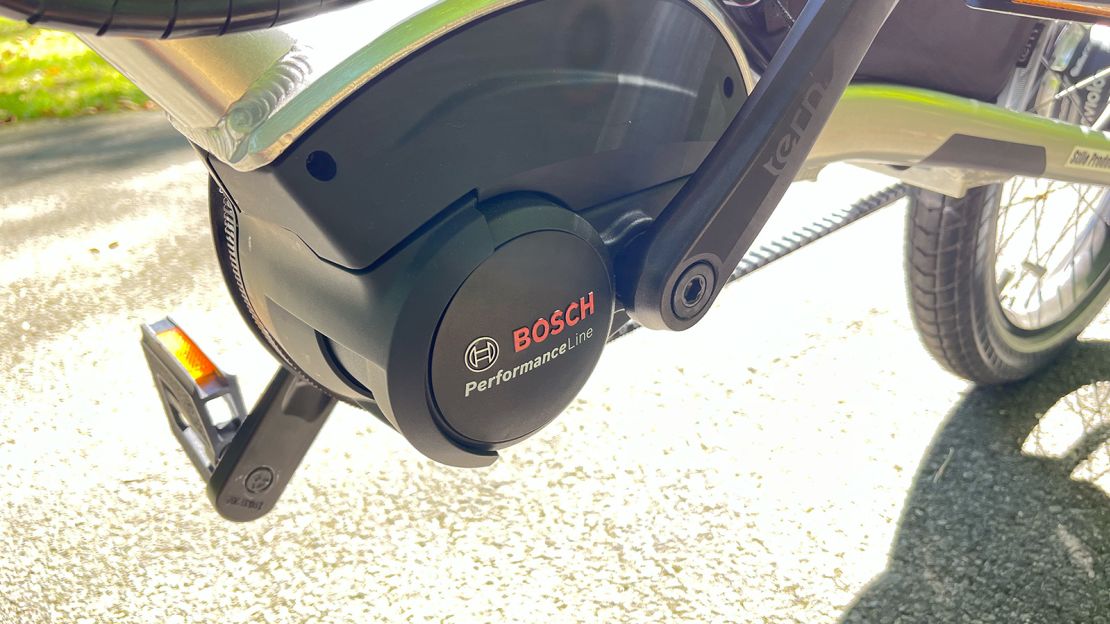
The question of where to put the motor remains an open one for e-bike designers, but you’ll find the majority of bikes have it either integrated into the front or rear hub (a hub drive) or into the bottom bracket around the crankset (a mid drive).
Since they provide power at the cranks, right where the rider does, mid drives are more efficient — so they don’t need to be as powerful — and provide more torque to tackle challenging terrain. This is why most high-end e-MTBs use them. The ride quality is very impressive, and a mid-drive motor paired with a torque sensor (as is typically the case) makes you feel like you’re stronger rather than like you’re riding a motorcycle.
Hub drives are placed — as you might expect — at the hub, so they are either pulling the bike forward (if placed at the front hub) or pushing (if placed at the rear), which is more common. They aren’t as efficient as mid drives, and the sensation of riding an e-bike with a hub drive isn’t as natural. It feels a lot more like riding a scooter or a motorcycle. This is also due to the fact that more hub drives are paired with cadence sensors to manage their pedal assist modes and that the vast majority of throttle-assist e-bikes are fitted with hub drives.
Both hub drives and mid drives work just fine, and the differences likely won’t matter to most riders. In fact, many riders like throttle assist, especially if they’re using a bike to carry heavy stuff, and don’t mind the slight reduction in ride quality. One unexpected benefit of mid drives is that it’s a whole lot easier to change a flat, since you don’t have to deal with the cables and lock nuts you’d need to detach to deal with a hub-mounted motor. (Plus, being able to use whatever wheels you like can make for a lighter bike.)

For manufacturers, the differences are more important, and that’s reflected in the somewhat higher price of mid-drive models. A mid drive needs a frame designed around it, while hub drives allow more flexibility since designers don’t need to take motor placement into account and more traditional frame designs can be used.
Battery placement also affects frame design, and you’ll see all kinds of battery locations. For traditional-style frames, you’ll see them placed everywhere from under the cargo rack or on the handlebars (for small front-hub-drive units) to behind the seat tube. Lately, most manufacturers have taken to integrating the battery into the downtube, which makes the bike look less obviously electric but can require a smaller, lower-capacity battery, limiting range.
Does e-bike motor wattage matter?
You’ll typically see e-bikes advertised with motor power between 250W and 750W. There are a few bikes out there with more powerful motors, but 750W or 1,000W is the limit in many US states. The question is if it really matters in practice. In our experience, a 250W motor is fine for flat terrain and can certainly spin a bike up to 20 mph on urban bike paths, city streets and the like. For a bike you’re mostly using to carry yourself, it’ll probably do. To put it in context, 250W is in the range of what a strong, average-sized cyclist is putting out when they’re cruising along.
However, a 250W motor may struggle under some conditions: It won’t be able to churn out that kind of speed as the road turns uphill or as you pile on cargo weight. As you add more power, you get the ability to carry bigger loads without slowing down, and you’ll be able to maintain your speed uphill. Often, the bigger motors deliver more torque, so you’ll see snappier acceleration as well. So, if you’re a bigger rider, want to carry more or live someplace where you’re likely to want to carry you and your stuff uphill, you may want to check out bikes in the 350W to 750W range.
Whether this matters to you is largely a question of the situations in which you ride, balanced against your budget, how heavy a bike you want to store and other factors. With a few outliers like the light and powerful GoCycle G4, the high-spec’d Gazelle Ultimate C380+ and the high-powered moto-style bikes — all of which had more apparent oomph — most of the bikes we tried delivered similar performance for most riders, in keeping with the intended use of each bike.
What about battery capacity?

Battery capacity is, again, a compromise between weight and ride time. Even on rolling terrain, we had no problem getting nearly 30 miles out of the Brompton Electric C-Line (estimated 44-mile range) with a 250W motor driven by a relatively tiny 300-watt-hour (Wh) battery. Bigger, more powerful motors are going to require more battery capacity, so in a way, it’s a vicious cycle and the great majority of bikes we tested had estimated ranges on flat ground in the 40- to 60-mile range (very dependent on cargo load, terrain, wind conditions and riding style). Whether that’s a 300Wh battery driving a 250W motor or a 900Wh battery feeding a 750W one, the end results were pretty similar.
As for integrated batteries, they are generally fine for an urban commuter like the Velotric Thunder 1 and really for most uses of these bikes (most everyday bike trips are well within the ranges of the bikes we rode for this piece). But if you’re planning on longer rides or just doing a lot of wandering without a clear destination, there are options. If you’re interested in significantly greater range, you may want to look into a bike that has a removable battery rather than a fully integrated one so you can carry a second battery, or you can purchase a bike that can take a dual-battery kit (several Bosch mid-drive models, like the Gazelle Ultimate, are compatible with dual batteries).
Are e-bike batteries safe?
If you’re interested in e-bikes, you’ve probably read a bit about the threat of battery fires. It’s a real concern since lithium-ion batteries pack a lot of energy, and when things go wrong, they can burn very hot and can be difficult to extinguish.
That said, some of the reported fires have been linked to misuse — fast-charging batteries that aren’t meant to be, storing or charging many batteries together where they’re prone to overheating — and to low-quality batteries that haven’t met independent testing standards.
Eventually we’ll have better legal protections as these batteries become more ubiquitous. But right now, as a buyer, you can take steps to increase safety by looking for UL-certified batteries (we looked for these as we rounded up models for testing and have noted the certifications obtained for the models we recommend). You should also take care not to charge or store batteries in very hot environments and otherwise take the steps you would take with any rechargeable device: Don’t leave it plugged into the charger once the batteries are full, and watch out for excessive heat or damage.
How we tested
A potential e-bike rider can find an electric bike to suit almost any need nowadays. It’s no longer a matter of compromising your cycling needs to get a bike with the extra oomph of an electric motor. No matter what you like to ride, from MTB to road, there’s something to fit.
So, over the course of the past year, staff and contributors have called in a variety of electric bikes, from compact folders on up to full-size longtail cargo bikes with a smattering of everything in between. We looked at a range of specifications and prices, including models from the big direct-to-consumer brands and from veteran cycling industry stalwarts.
That said, we concentrated on bikes meant for everyday use, so we skipped dedicated mountain bikes and road-racing machines meant for serious enthusiasts. The bikes we examined for this article are meant for everyday use by people who may not primarily consider themselves cyclists but want to get out on two wheels more often for utility and fun but need a little extra motorized muscle.
Once we had our bikes in, we assembled and tuned up each one and rode them. We ran down the batteries and charged them, and we loaded them to their cargo limits and rode them more. We used them for errands and shopping and commutes and just plain fun over the course of a year.
The bikes were ridden repeatedly around a variety of courses. Most testing took place on an 18-mile hilly loop comprising multiple 8% to 12% grades with a couple of steeper 15% kickers, both unloaded and with the rack- or basket-equipped bikes loaded as heavily as specified. Other testing took place on the streets and bike lanes of New York City and Chicago, as well as off-road on paths and rail trails around those cities, and on a hilly loop in upstate New York.
